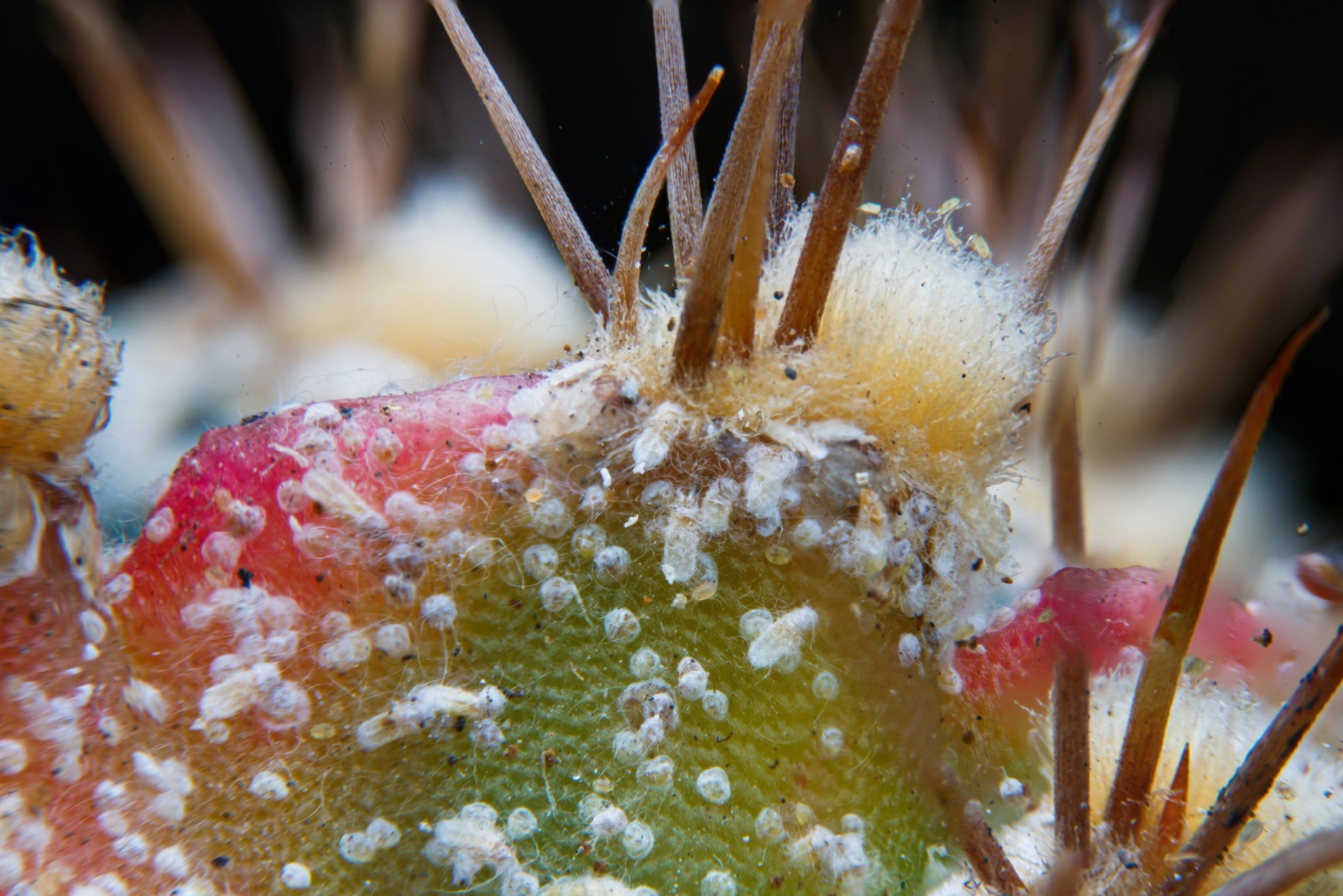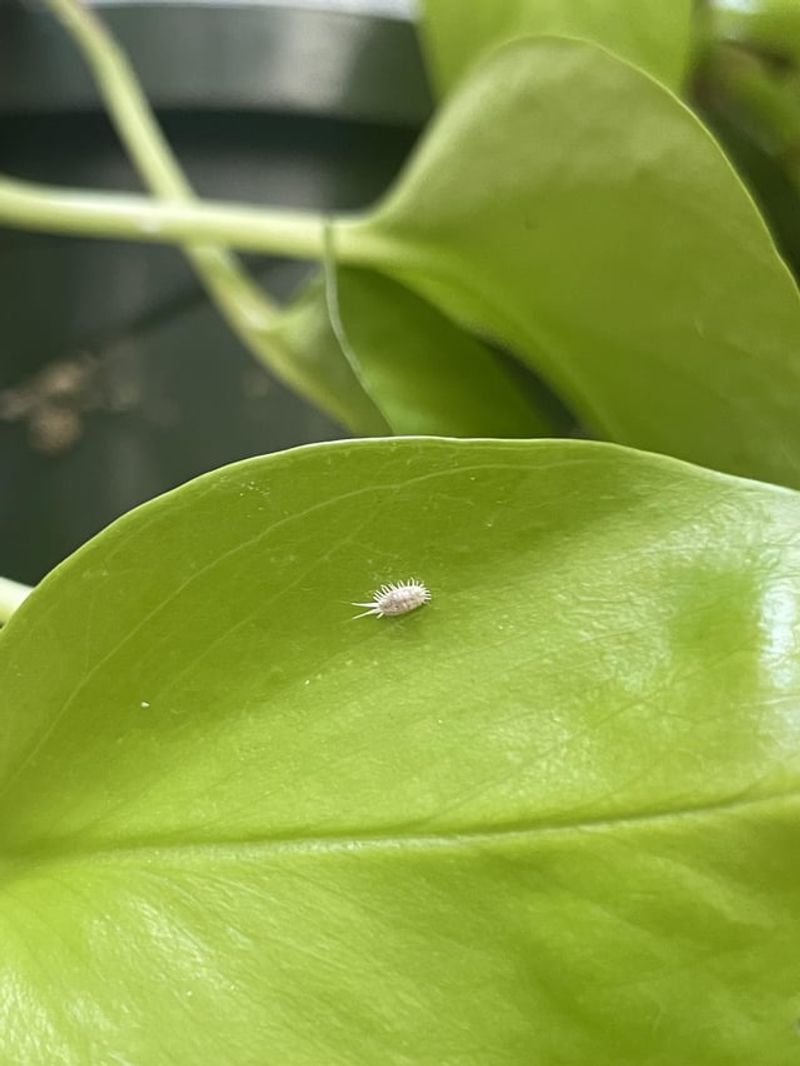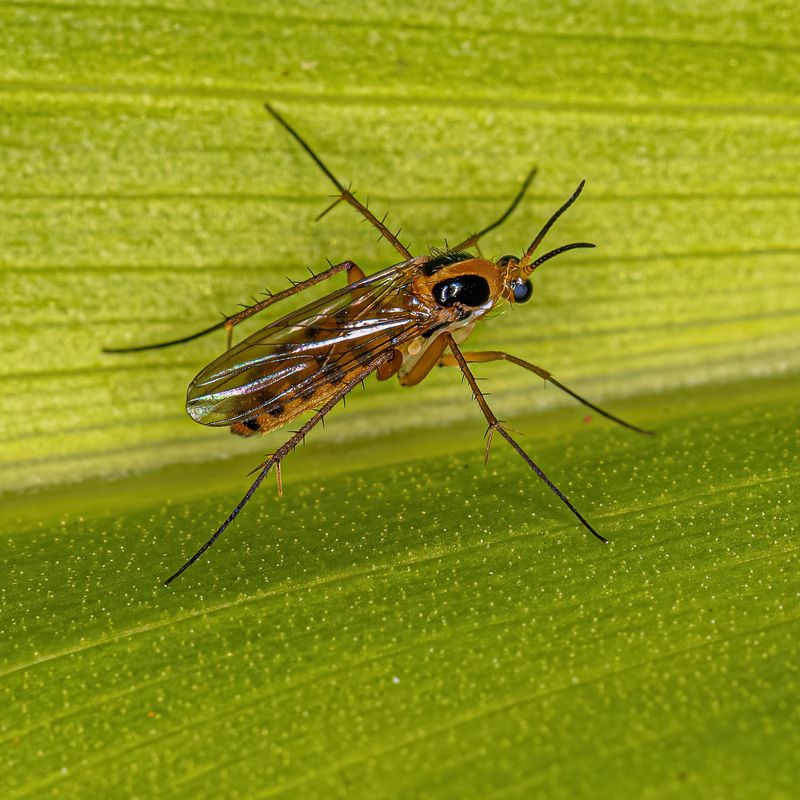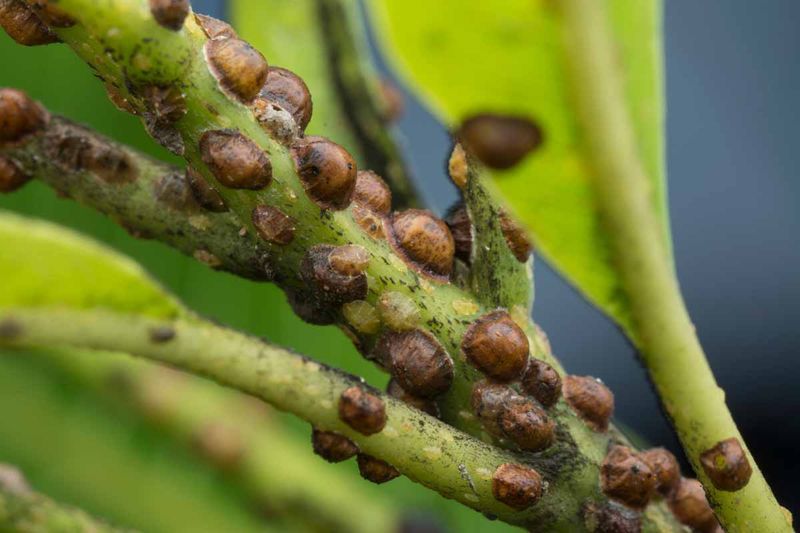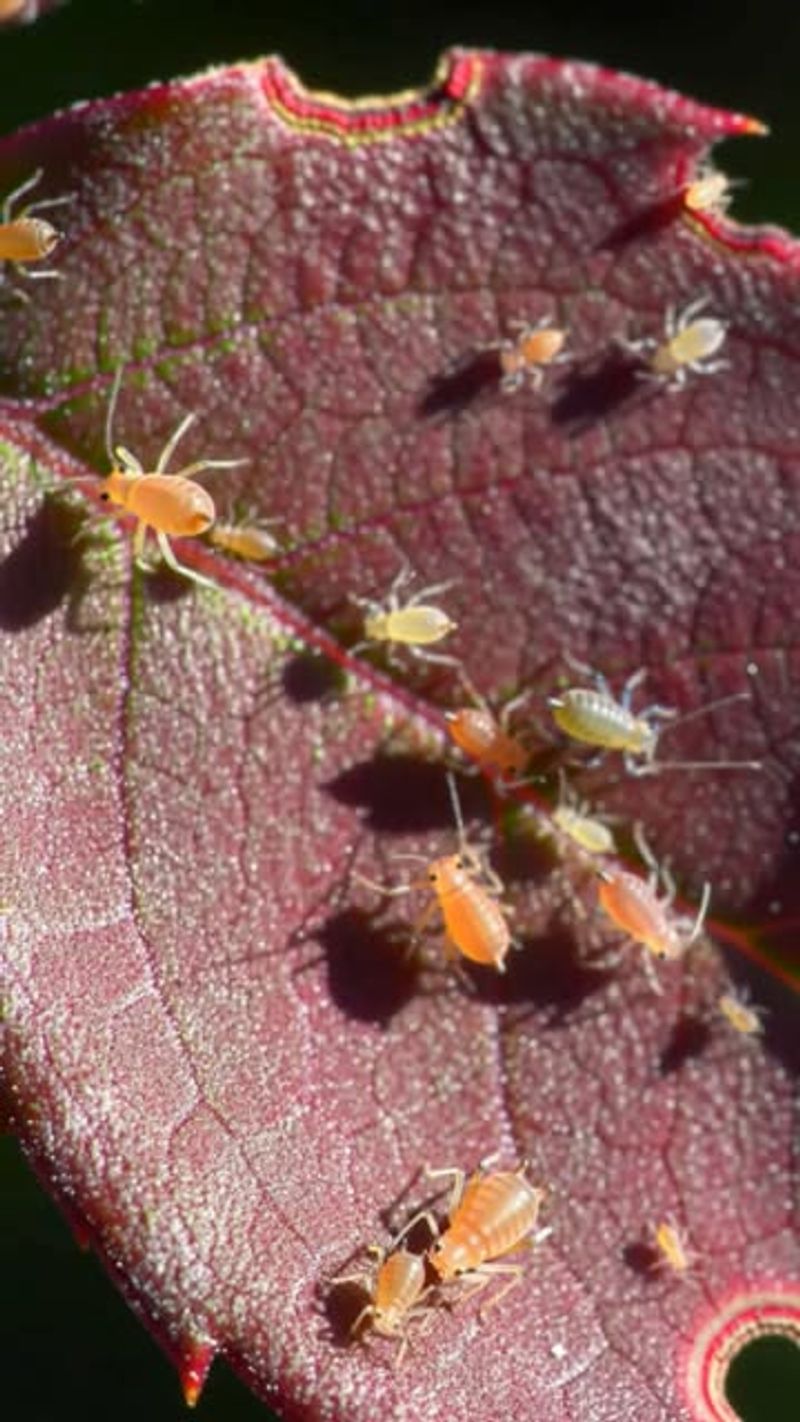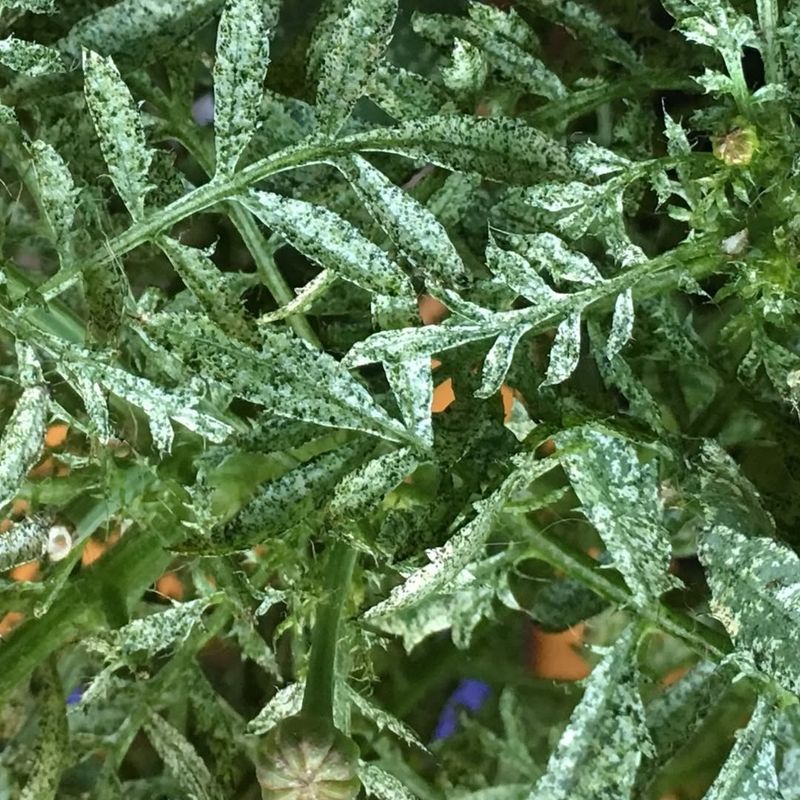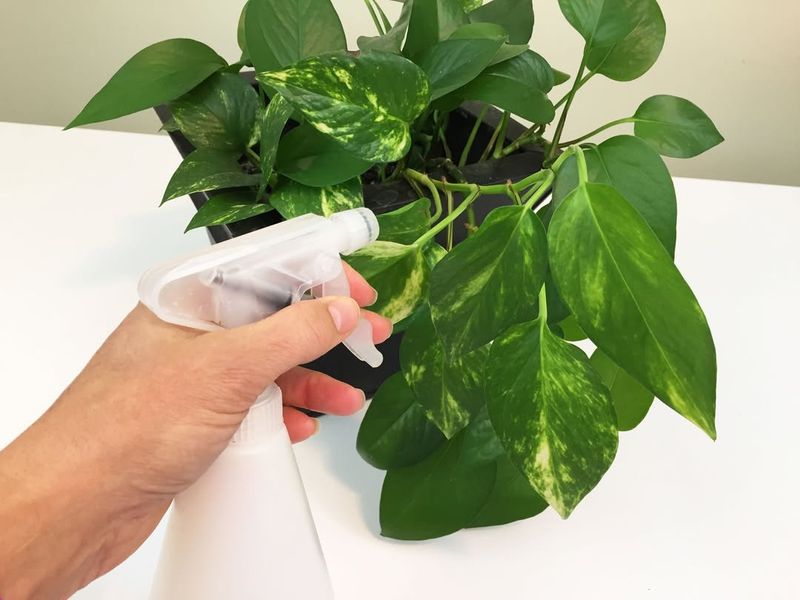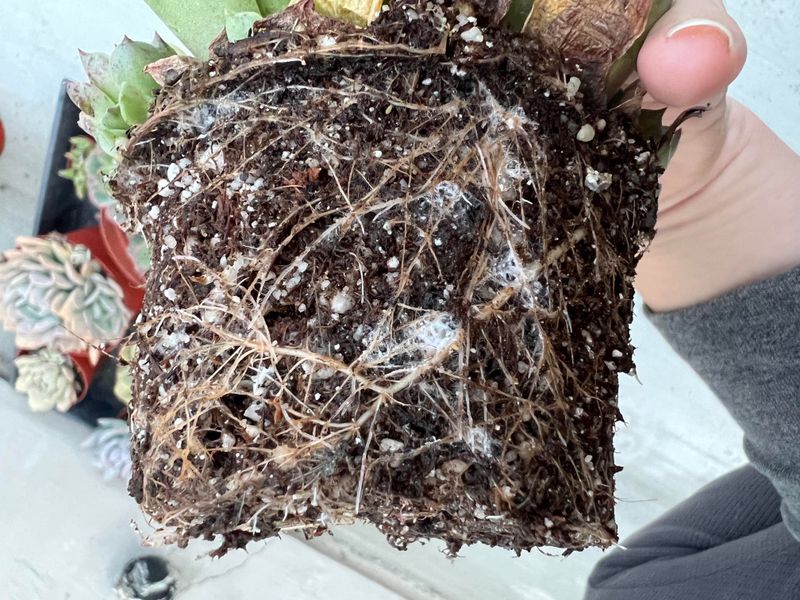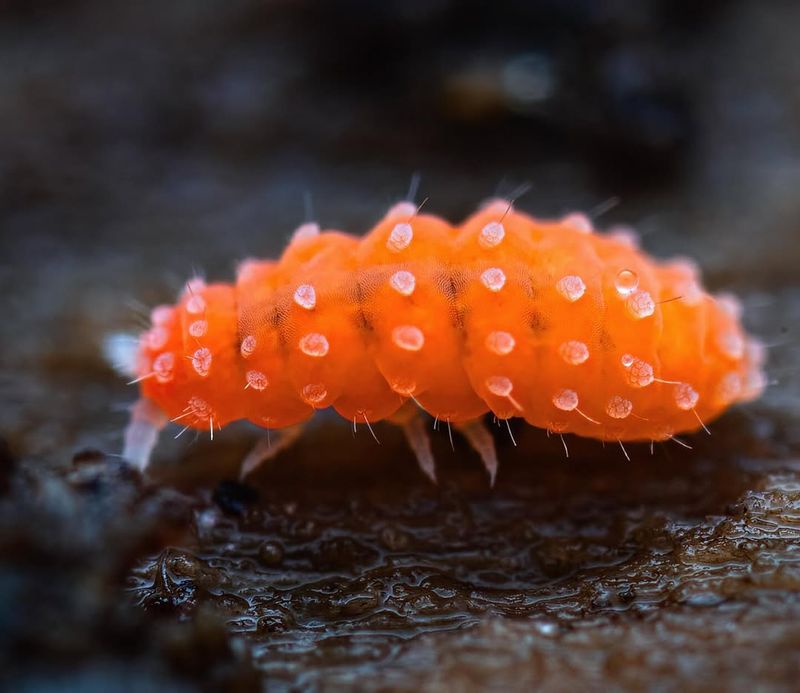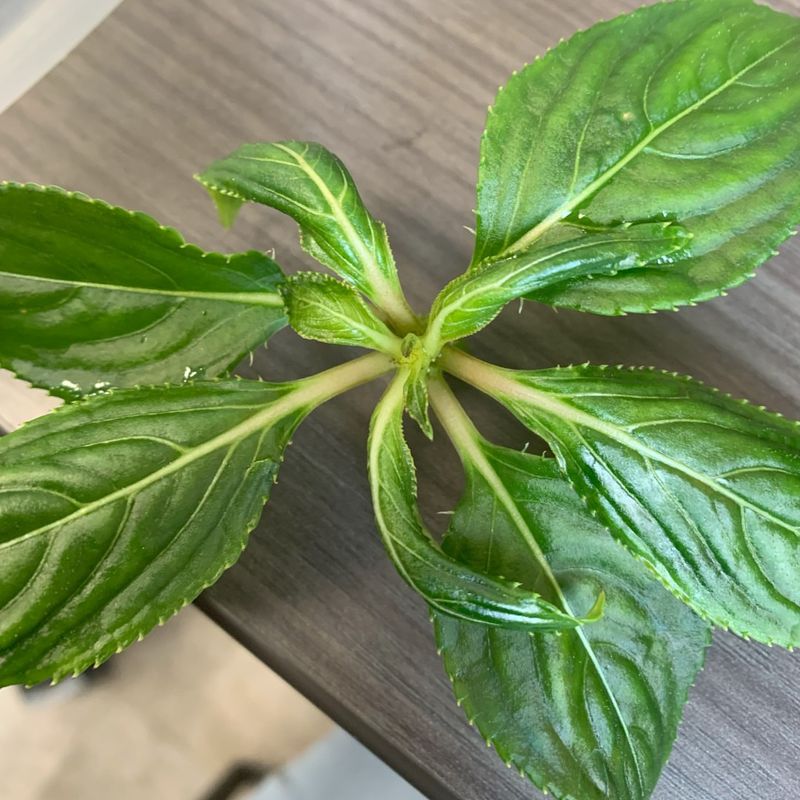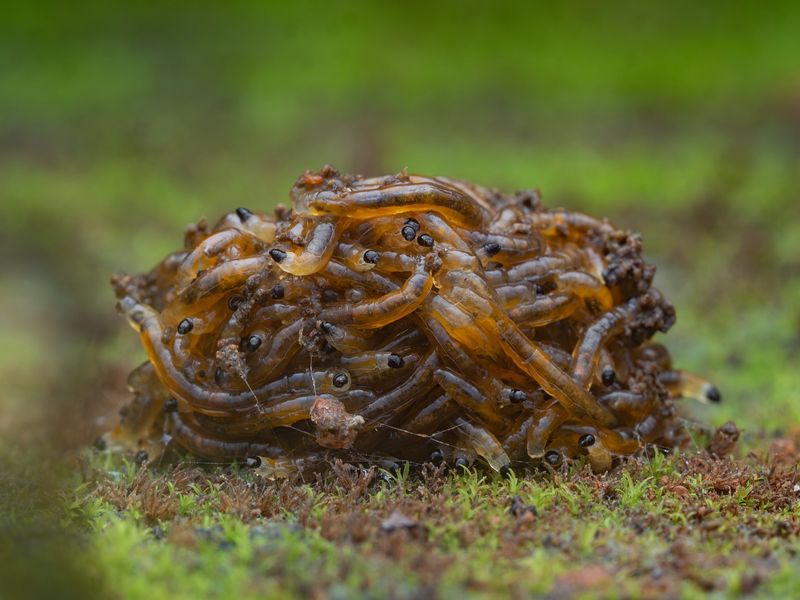Growing houseplants brings a touch of nature indoors, but these green companions sometimes arrive with unwanted guests. California’s unique climate creates the perfect environment for certain pests to thrive on your beloved indoor plants.
Knowing what to look for is the first step in protecting your leafy friends from these tiny invaders.
1. Spider Mites: The Invisible Threat
Look closely at those yellowing leaves—tiny moving dots and fine webbing could signal spider mites have moved in. These microscopic arachnids thrive in California’s dry indoor environments, especially during winter when heaters run constantly.
They pierce plant cells to feed, causing speckled discoloration and eventual leaf drop. Regular misting helps deter them, as they hate humidity. Neem oil applications or insecticidal soap can eliminate infestations before they destroy your favorite plants.
2. Mealybugs: Cotton-Like Colonies
White, fuzzy patches gathering in leaf joints might look like cotton but are actually mealybug colonies. These sap-suckers love hiding in protected nooks of your plants, especially in warmer Southern California homes.
Female mealybugs can lay hundreds of eggs, creating rapid infestations. Dab them with alcohol-soaked cotton swabs for immediate control. Persistent problems might require systemic insecticides that work through the plant’s vascular system to poison these stubborn pests.
3. Fungus Gnats: Soil Surface Flyers
Tiny black flies hovering around plants signal fungus gnats—a common nuisance in California’s coastal regions where moisture lingers. Adults are merely annoying, but their larvae feast on root hairs underground.
Overwatering creates their perfect breeding ground. Let soil dry completely between waterings to break their lifecycle. Yellow sticky traps capture adults, while a hydrogen peroxide solution (1 part peroxide to 4 parts water) poured through soil kills larvae without harming plants.
4. Scale Insects: Armored Sap Thieves
Brown bumps that don’t brush off easily might be scale insects—masters of disguise that look more like plant growths than actual bugs. Their hard protective covering makes them challenging opponents for California plant enthusiasts.
Once attached, they remain immobile, sucking plant juices while protected by their shield-like covering. Manually scraping them off with an old toothbrush works for light infestations. Horticultural oils are effective against them, coating and suffocating these stubborn pests while preserving beneficial insects.
5. Aphids: Clustering Green Invaders
Sudden clusters of tiny green, black, or white insects on new growth signal aphids have found your plants. These soft-bodied pests multiply incredibly fast in California’s mild climate, producing live young without mating.
They excrete sticky honeydew that attracts ants and promotes sooty mold growth. A strong spray of water often dislodges them from sturdy plants. For persistent problems, introduce ladybugs—natural predators readily available at California garden centers—for an eco-friendly solution.
6. Thrips: Slender Leaf Scratchers
Silvery streaks on leaves often indicate thrips—slender insects barely visible to the naked eye. They scrape plant surfaces to feed, causing distinctive damage patterns that California plant owners frequently misdiagnose as nutrient deficiencies.
Their feeding creates silver-colored scarring and distorted growth. Blue sticky traps monitor thrips populations effectively. Insecticidal soaps work against them, but require thorough coverage and repeated applications. Severely infested plants may need isolation to prevent these flying pests from spreading.
7. Whiteflies: Fluttering White Clouds
Gently shake your plant and watch for tiny white moths taking flight—these are whiteflies, common in California’s warmer regions. Despite their name, they’re actually related to aphids, not flies.
Both adults and nymphs drain plant sap, causing yellowing leaves and stunted growth. Yellow sticky traps capture adults effectively. Insecticidal soaps target immature stages, but must contact the insects directly. Repeat applications weekly, as their lifecycle makes them particularly challenging to eliminate completely.
8. Root Mealybugs: Underground Destroyers
Mysteriously declining plants might suffer from root mealybugs—subterranean cousins of regular mealybugs that attack below soil level. California’s container plants are particularly vulnerable to these hidden attackers.
Plants appear thirsty despite adequate watering because damaged roots can’t absorb water properly. Repotting reveals white, cottony masses clinging to roots. Complete soil removal and root washing with insecticidal soap is necessary. Fresh, sterile potting mix and preventative systemic insecticide treatments help prevent recurrence.
9. Springtails: Moisture-Loving Hoppers
Tiny insects jumping from soil when watered are likely springtails—decomposers that flourish in California’s coastal areas where humidity levels remain high. Unlike most pests on this list, springtails don’t damage living plant tissue.
They feed on decaying organic matter and fungi in consistently moist soil. While generally harmless, their presence indicates overly wet conditions that could lead to root rot. Allow soil to dry thoroughly between waterings and improve drainage to discourage them naturally.
10. Broad Mites: Invisible Devastators
Twisted, stunted new growth might indicate broad mites—microscopic pests requiring magnification to see. These tiny terrors are increasingly common in California’s indoor plant collections, especially on tropicals and sensitive herbs.
Their toxic saliva causes severe distortion as plants develop. Affected tissue appears bronzed and abnormally curled. Miticides specifically labeled for broad mites offer control, but severely damaged growth should be pruned away. Preventative treatments help protect valuable collections from these difficult-to-detect invaders.
11. Soil Gnats: Moisture-Seeking Larvae
Mysterious seedling collapse might be caused by soil gnat larvae—transparent worms with black heads that devour tender roots. California’s year-round growing conditions make these pests particularly troublesome in propagation setups.
Adults resemble tiny mosquitoes but don’t bite humans. Their larvae cause the real damage underground. Beneficial nematodes offer biological control by hunting larvae in soil. Diatomaceous earth creates a protective barrier when sprinkled on soil surfaces, slicing through soft-bodied pests while remaining safe for plants.

